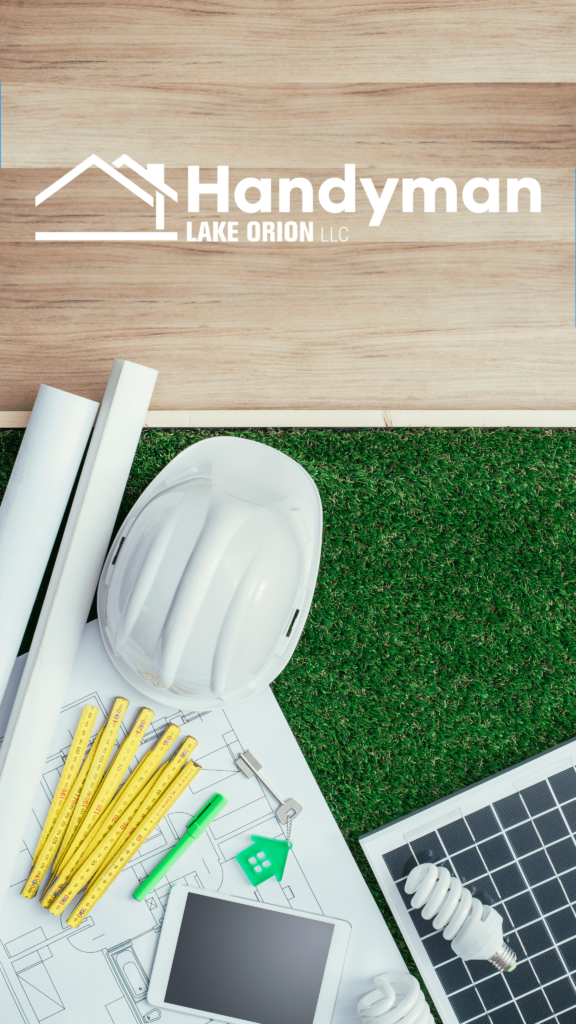Electronics installation
Electronics installation
Elentronics Installation Proccess
- Consultation & Recommendations
- Understanding Needs: Discuss the client’s needs, lifestyle, and budget to determine which electronics best suit their home—whether it’s home entertainment systems, smart home devices, or basic appliances.
- Product Knowledge: Stay informed about brands, features, and compatibility for popular electronics like TVs, sound systems, thermostats, smart speakers, and home security devices.
- Suggesting Options: Provide a few options for clients, highlighting the benefits and drawbacks of each. This includes knowing which devices are compatible with existing home systems (e.g., smart hubs, Wi-Fi).
- Future-Proofing Advice: Suggest devices with expandability or compatibility with future upgrades if the client intends to add more devices down the line.
- Installation Services
- Mounting & Placement: Install wall mounts for TVs, speakers, and cameras, ensuring they’re securely fastened and positioned optimally for viewing and sound quality.
- Cable Management: Organize and conceal cables for a clean, safe setup, using cable covers, in-wall wiring (if needed and permitted), or other tidy solutions.
- Device Configuration: Set up devices, connecting them to Wi-Fi networks, and pairing with other smart devices like lights, thermostats, or smart speakers.
- System Integration: For smart homes, ensure all devices are integrated and functioning within the home’s smart hub or voice assistant. This can include setting up automation routines (e.g., lights turning on when the client arrives home).
- Repair & Troubleshooting.
- Diagnostic Skills: Identify common problems like connectivity issues, power failures, or device malfunctions.
- Repairs: Provide basic repairs, like replacing fuses, fixing wiring, or reconfiguring devices. For complex issues (like internal board repairs), guide clients to specialized repair services.
- Firmware & Software Updates: Help clients update firmware or software to keep devices running smoothly, often necessary for smart devices or connected home electronics.
- Network Troubleshooting: Assist with common network issues, such as improving Wi-Fi connectivity or securing devices from security vulnerabilities.
- Client Education & Maintenance Tips
- Device Usage: Walk clients through how to use their devices, set up voice commands, or configure app-based controls for smart devices.
- Maintenance Advice: Provide tips for keeping devices in good condition, such as regular firmware updates, securing Wi-Fi networks, and proper cleaning to avoid dust accumulation that can cause overheating.
- Troubleshooting Basics: Teach clients simple troubleshooting steps, like resetting devices, checking power connections, or ensuring software is updated.
- Safety & Compliance
- Adhering to Electrical Safety Standards: Ensure all installations follow safety codes, especially for electrical wiring and mountings.
- Product Safety Tips: Advise clients on safe usage, such as using surge protectors for valuable electronics, and ensuring devices aren’t placed near water sources.
- Service Follow-Up
- Post-Installation Check: Reach out to clients a few days after installation to ensure everything is working well and address any questions.
- Future Support: Offer ongoing support or maintenance packages, especially for clients with multiple devices or smart home setups that may require periodic updates.
By providing reliable recommendations, secure installations, and effective repair services, a handyman can build trust with clients and become their go-to expert for home electronics. This approach can be particularly valuable for clients seeking convenient, one-stop support for all their electronic needs.

